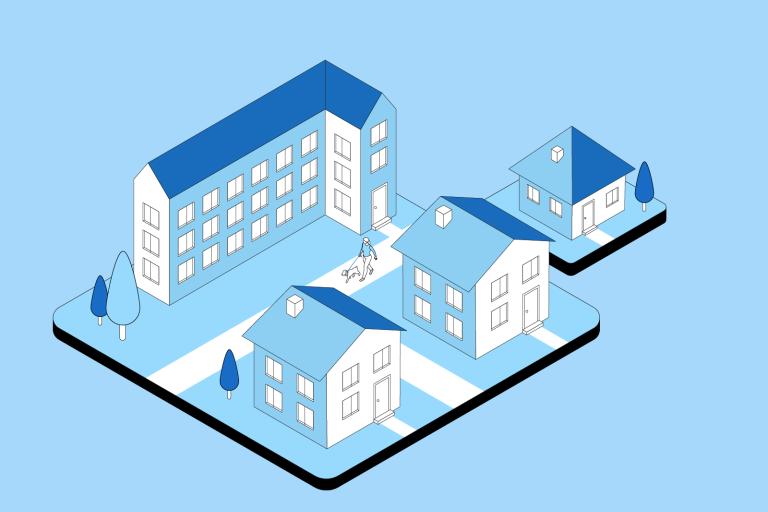Introduction to lighting design
Good lighting can help people walking, wheeling and cycling feel safe when travelling at night. Lighting may also be used to mark the edges of paths on off-road routes.
Good lighting enables people to remain active in the absence of sunlight, which is particularly important in the winter. It is a vital element in creating active places.
Lighting and safety
Lighting helps to keep people safe in the dark, providing a sense of security. Good lighting can encourage active travel and routes should be thoroughly and consistently lit. Lighting should not be obstructed by trees or other vegetation.
Lighting needs to be carefully designed as an integral part of street design and should not form a hazard for pedestrians and cyclists. Lighting columns should not be placed within a cycle track or footway wherever possible. Lighting should increase visibility of all users and should not create dark places and shadows.
Badly designed lighting can create hazards, so lighting needs to be carefully planned out. In addition, reflection, glare, shadows and substantial variations need to be considered.
Environmental and ecological impacts
Lighting design needs to adapt to its environment and context, for instance in historic and rural areas. In some cases, active travel routes around parks or the edge of developments may not be able to provide standard lighting columns due to sensitive ecological issues. In this case, the choice of lighting balances the needs of users with the impact on the wider area.
Where artificial lighting is required to support year-round usage, lighting should be designed to balance the needs of users with ecological impacts. Artificial lighting can be adapted relative to natural lighting and levels of use on routes to save energy and reduce ecological impacts whilst ensuring consistent and thoroughly lit routes.
In some cases, even when lighting is provided, some routes may not be well used after dark, such as along canal towpaths. In these cases, a suitable street lit on-road alternative that matches the desire line as closely as possible should be identified.




